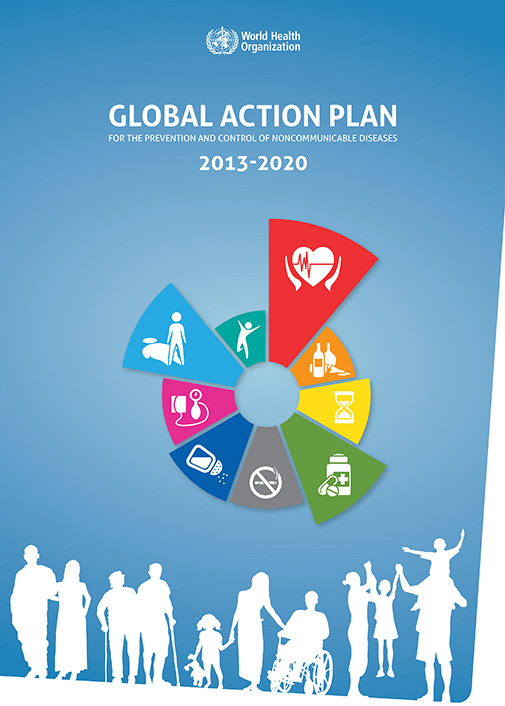Noncommunicable Diseases Data Portal
Noncommunicable diseases (NCDs) – chief among them, cardiovascular diseases (heart disease and stroke), cancer, diabetes and chronic respiratory diseases – cause nearly three-quarters of deaths in the world. Their drivers are social, environmental, commercial and genetic, and their presence is global. Every year 17 million people under the age of 70 die of NCDs, and 86% of them live in low- and middle-income countries.
Users can explore the data below by country, accessing detailed information on noncommunicable diseases and their key risk factors:
Noncommunicable Diseases & Key Risk Factors

Air Pollution

Cancer

Cardiovascular diseases (CVDs)

Chronic respiratory diseases (CRDs)

Diabetes

Harmful alcohol use

Obesity / Unhealthy diet

Physical inactivity

Tobacco use
Diseases & Risk Factors
Indicators
Indicators
18%
22%
14%
18%
22%
14%

The boundaries and names shown and the designations used on this map do not imply the expression of any opinion whatsoever on the part of the World Health Organization concerning the legal status of any country, territory, city or area or of its authorities, or concerning the delimitation of its frontiers or boundaries. Dotted and dashed lines on maps represent approximate border lines for which there may not yet be full agreement.
Publications
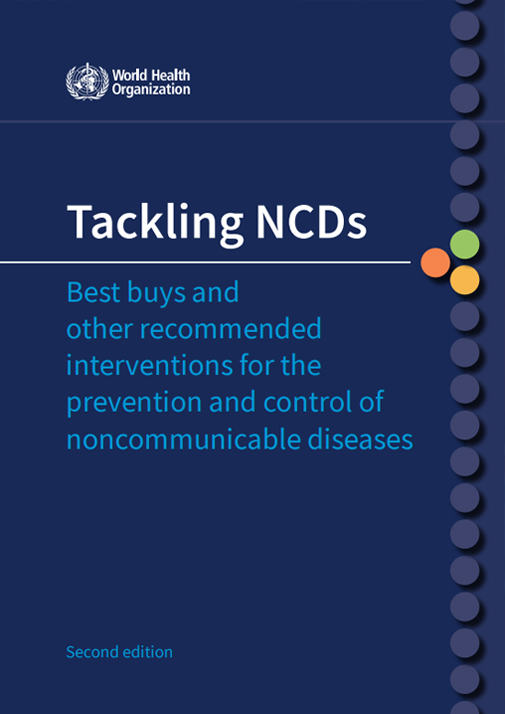
Tackling NCDs: best buys and other recommended interventions for the prevention and control of noncommunicable diseases, 2nd ed
30 April 2024
Read more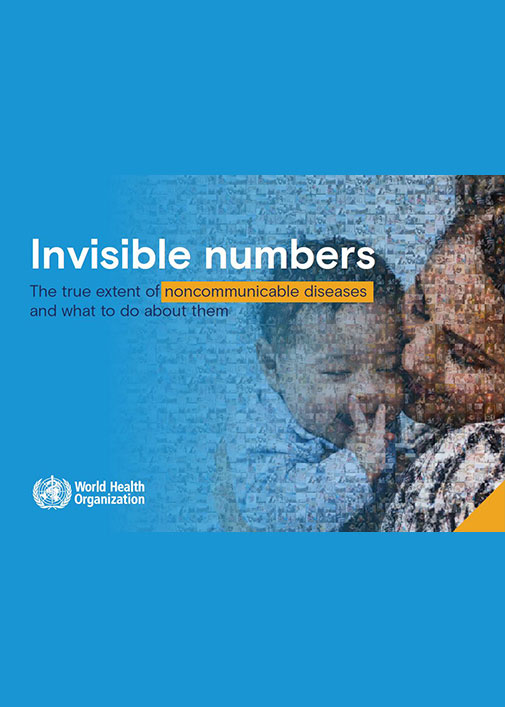

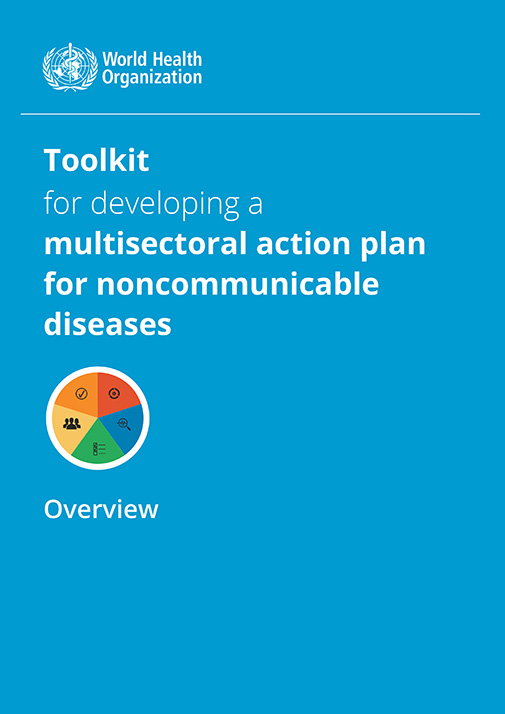
Toolkit for developing a multisectoral action plan for noncommunicable diseases: overview
19 April 2022
Read more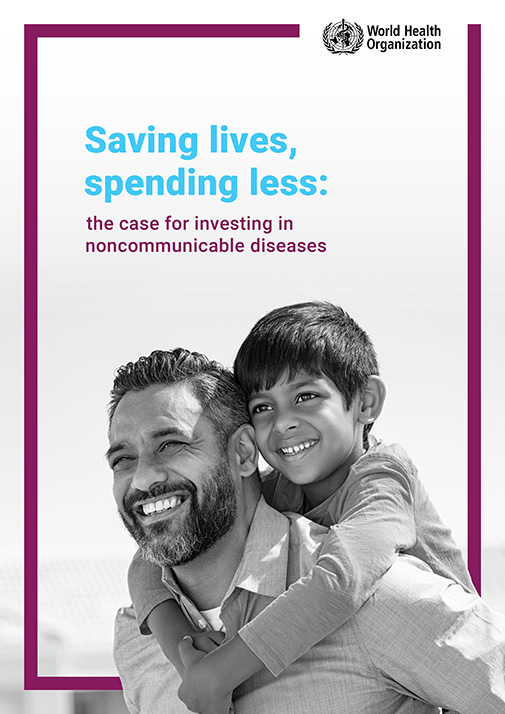
Saving lives, spending less: the case for investing in noncommunicable diseases
13 December 2021
Read more